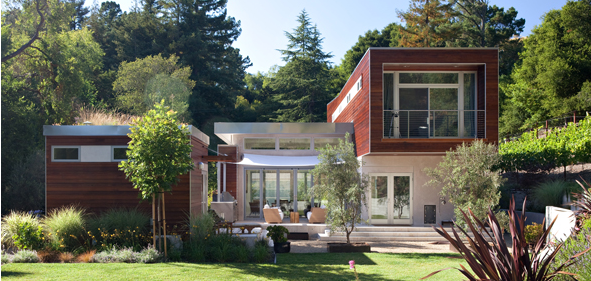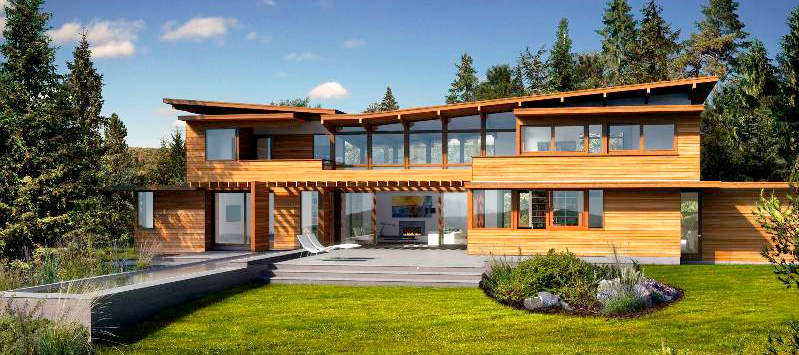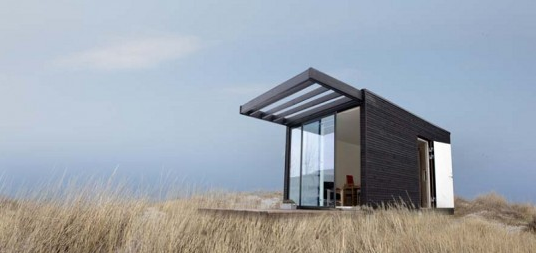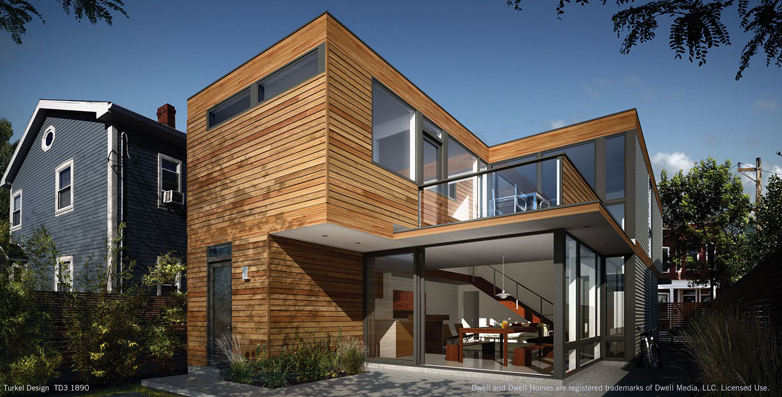The animosity and societal disconnect of living in the downtown core of a large city can be stressful -- living expenses are much higher, available space is limited. For some, it seems like only the most seasoned urbanites are courageous enough to start a family in the concrete jungle.
Of course, the typical sought-after home to raise a family in is a three-bed, two-bath home in a neighborhood just outside of the city with ample green space and close proximity to other amenities. But homes like these so close to the city are often exceedingly expensive, many stretching well past the million dollar mark.
With many budding families unable to afford living close to the city, some have turned to the suburbs, which have earned a reputation of becoming desolate places void of human interaction and social sensibility. We seem to be at an impasse: future Canadian generations now have the choice of either growing up in an unforgiving concrete jungle or a blissfully banal white picket purgatory.
What many first-time homebuyers don't consider is buying an empty lot or a dilapidated house in a desirable neighborhood and simply building a new home in its place. This is because building a home from the ground up is usually restricted to those who can afford the otherwise prohibitive costs of locally sourcing the labour and materials needed to build a house.
Enter the prefabricated home. Around for more than a century, prefabricated homes are made-to-order living spaces that can be built just about anywhere. Not only do they have a modern aesthetic and great sense of design, they're also a more economical alternative to on-site home construction and with Home Automation Installers readily available, the modernity of these homes isn't just reflected in the exterior.
They're considerably less expensive in the long run. Their construction is more akin to an assembly line than a traditional build. Each piece of lumber, drywall, and siding has been tailored with a specific place and function in mind -- each room created in exactly the same fashion as those before it. Because the houses are built in a factory, sheltered from the elements, the components of the home are better sealed, rendering the risks associated with mold and mildew less of a problem, meaning for example your single hung windows will stay in better condition for longer. The factory construction method also allows for less material waste and better labour efficiency, resulting in a reduced cost and faster construction period. Dana Smith of Blu Homes says that they can have your home ready to move in in as little as six months.
http://www.youtube.com/watch?feature=player_embedded&v=BIS2r8lcv2k#!
Because each model has been produced so many times, design of prefab homes are tested and refined. The walls are plumb and gaps thinner than in a traditionally built home. Designs themselves are also tested, creating the ideal flow from room to room, and perfectly balancing the available space and amenities with the desired price range. Dana spoke of how Blu Homes would design their houses in cubic feet rather than in square feet, optimizing the living space rather than floor space.
Many manufacturers also construct the houses with the environment in mind. Along with using a less ecologically-taxing construction process, most prefab homes are built to be energy efficient and durable, reducing the long run costs of home ownership. In some regions the reduced environmental impact can also result in a tax break.
Most manufacturing companies design the homes modularly, meaning you can pick and choose between various modules, joining them together to create a home. The nature of a prefab home lends itself nicely to modern design. Large windows, open concept living, and high ceilings are common. Many feature minimalist exterior and interior design, highlighting the craftsmanship of the building and allowing for more natural light. This means you'll be able to choose most of the "components" to your tasting, like a certain window type over another? Easy just choose, if you're looking for shutters and blinds to match your chosen style, you may want Shuttercraft click here.
The advantages of prefab home construction become even more evident when choosing a vacation home. The cost of labour and materials increases in remote locations, and construction can sometimes be restricted to warmer seasons. All that is required for a prefab home is a suitable platform on which to situate the house, and road access.
It's a wonder that prefab homes are not commonplace. Why are people still electing to use the traditional on-site building method? During our conversation, Dana mentioned that the home building industry is stuck in a paradigm of on-site construction. The idea of ordering a home from a manufacturer simply does not occur to those in the market. Though the future is looking brighter for the industry; Blu Homes increased their revenue to 40 million dollars in 2012, four times what it was in 2011.
Canadians are well aware of the increasing price of real estate, and the market's ripe to absorb new and exciting innovation. With the often unattainable, family-centered urban neighborhood as the ideal location to lay down family roots, lets hope new families look to new and interesting ways to get themselves into that neighborhood.


























Any idea what it looks like to finance a prefab home in Canada?
Most banks require a 15-20% down payment, and you must own the land on which its built.
Yes, Pre fab homes are time and money saving. Money is saved in that they get completed in no time. This also saves quite of
construction time. And once built, these homes save more money in power bills due to their superior insulation.
In the future, technology for the production of modular homes will be improved, production time will be reduced. And with the advent of 3D printers for building structures everyone can print yourself a house.
I can barely find any companies on the internet that even make these things. This article makes it sound like a slam dunk. I need help !!